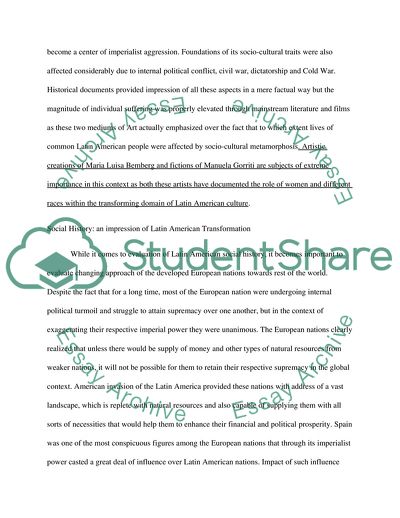Cite this document
(The Role of Women in Latin American History Essay, n.d.)
The Role of Women in Latin American History Essay. https://studentshare.org/sociology/1735503-spanish-and-latin-american-culture
The Role of Women in Latin American History Essay. https://studentshare.org/sociology/1735503-spanish-and-latin-american-culture
(The Role of Women in Latin American History Essay)
The Role of Women in Latin American History Essay. https://studentshare.org/sociology/1735503-spanish-and-latin-american-culture.
The Role of Women in Latin American History Essay. https://studentshare.org/sociology/1735503-spanish-and-latin-american-culture.
“The Role of Women in Latin American History Essay”. https://studentshare.org/sociology/1735503-spanish-and-latin-american-culture.


